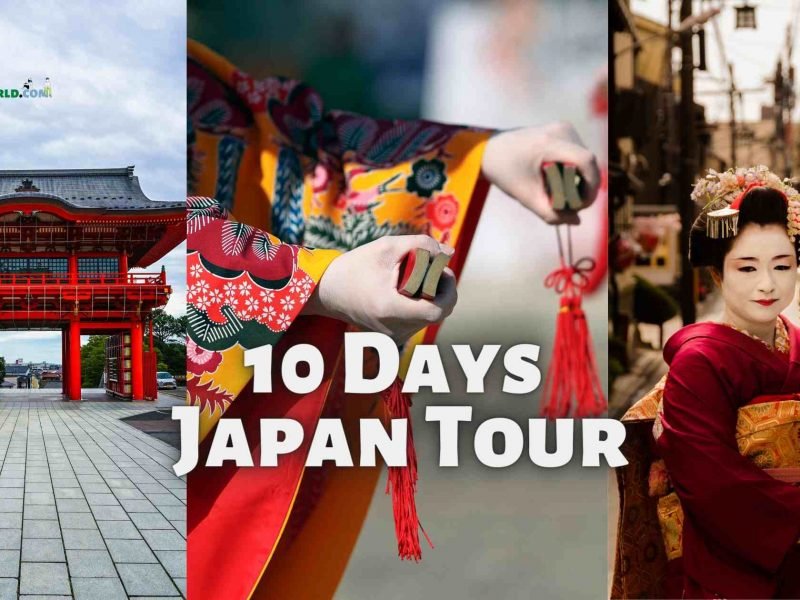About Susukino
A neighborhood known as Susukino may be found in the middle of Sapporo, which is the most populous city on the Japanese island of Hokkaido’s northernmost peninsula. It is known as the largest entertainment district in Hokkaido, and it features a bustling nightlife scene along with a broad selection of restaurants, pubs, clubs, and other types of entertainment establishments.
In addition to the various forms of entertainment it provides, Susukino is the location of a large number of shops, hotels, and other types of enterprises. It is a well-liked location among both locals and tourists, both of whom come to take advantage of the vibrant environment and extensive variety of activities that the neighborhood has to provide.
The neighborhood has a complex history that dates back to the early 20th century, when it was formed as a red-light district to cater to migrant workers who came to the city to work in the mines and construction sites. Since that time, the neighborhood has undergone a number of transformations. Since that time, it has developed into a significant business and entertainment hub, and it is today one of the most well-known places to visit in all of Sapporo.
History time line of Susukino
Here is a brief history timeline of Susukino in Sapporo:
- 1871: The area where it now stands was originally a swampy region on the outskirts of Sapporo.
- 1912: The Hokkaido Development Commission began to develop the area into a red-light district to cater to the needs of the many migrant workers who were flocking to the city to work in the mines and construction sites.
- 1926: The first movie theater in Susukino, the Tokiwa-za, was opened, marking the beginning of Susukino’s transition from a red-light district to a more entertainment-oriented district.
- 1943: Susukino was severely damaged during the Sapporo air raids of World War II, but it was rebuilt after the war and continued to grow as an entertainment district.
- 1960s: Susukino became a major entertainment district with numerous bars, clubs, and restaurants catering to the local population and tourists.
- 1970s-1980s: Susukino continued to develop as a major entertainment district, with the construction of many high-rise buildings, including hotels, department stores, and office buildings.
- 1990s: The Hokkaido government launched a redevelopment plan for Susukino, which led to the creation of the Sapporo Underground Pedestrian Space, a network of underground shopping malls that stretches under the entire district.
- Present: Susukino remains one of the largest entertainment districts in Japan, with a wide variety of restaurants, bars, clubs, and other entertainment venues.
How to reach Susukino
Susukino is located in the central part of Sapporo, so it is easily accessible by public transportation. Here are some of the ways you can reach Susukino:
- Subway: You can take the Sapporo Municipal Subway and get off at Susukino Station, which is located in the heart of the district. The station is served by the Namboku, Toho, and Sapporo subway lines.
- Bus: There are several bus routes that stop in Susukino, including the Chuo Bus, Donan Bus, and Hokuto Kotsu Bus. Check the bus schedules and routes beforehand to plan your journey.
- Taxi: You can also take a taxi to Susukino from other parts of the city. Taxis are widely available in Sapporo, but they can be expensive, especially during peak hours or late at night.
- Walk: Depending on where you are in Sapporo, it is also possible to walk to Susukino. It takes about 15-20 minutes to walk from the Sapporo JR Station to Susukino.
Location of Susukino
Susukino is located in the Chuo Ward of Sapporo, the largest city on the northern Japanese island of Hokkaido. It is about 1.5 kilometers south of Sapporo Station and can be easily reached by subway, bus, or taxi. The main thoroughfare of the district is Susukino Street (also known as Ekimae-dori), which runs east to west and is lined with numerous restaurants, bars, and nightclubs.
Do's and Dont's at Susukino
Here are some do’s and don’ts to keep in mind when visiting Susukino:
Do’s:
- Enjoy the vibrant atmosphere of Susukino, especially at night when the neon lights illuminate the streets and buildings.
- Try local food and drinks at the many restaurants, bars, and izakayas in the area.
- Visit the Susukino entertainment district for a unique nightlife experience.
- Take a walk around the Tanukikoji shopping arcade and explore the different shops and vendors.
- Check out the many events and festivals that take place in Susukino throughout the year.
Don’ts:
- Do not engage in illegal activities, such as drug use or soliciting sex services.
- Do not be disrespectful to local people, especially at night when the area can get crowded and rowdy.
- Do not take photographs of people or places without permission.
- Do not leave trash or litter on the streets or in public places.
- Do not enter places that are clearly marked as off-limits or restricted.
Highlights of Susukino
Here are some of the highlights of Susukino:
- Nightlife: Susukino is known for its vibrant nightlife scene, with numerous bars, clubs, and restaurants that are open until the early hours of the morning.
- Tanukikoji Shopping Arcade: This covered shopping arcade features a wide range of shops and restaurants selling local specialties, clothing, souvenirs, and more.
- Ramen Yokocho: This narrow alleyway is lined with tiny ramen shops, each offering its own unique style of ramen.
- Sapporo Ekimae-dori Underground Walkway: This underground pedestrian walkway connects Sapporo Station to Susukino and features numerous shops, restaurants, and other amenities.
- Odori Park: While not technically part of Susukino, Odori Park is located nearby and is a popular attraction for its spacious green areas, fountains, and seasonal events such as the Sapporo Snow Festival.
- Susukino Ice Festival: This annual winter event features ice sculptures and other icy attractions that light up the night and add to the already lively atmosphere of the district.
Reviews of Susukino by tourists
Here are some reviews of Susukino by tourists:
- “Susukino is a vibrant and lively area of Sapporo that has a lot to offer. The neon lights, entertainment, and food options are endless. It’s definitely a place to visit if you’re looking for a fun night out in the city.” (Source: TripAdvisor)
- “The streets of Susukino come alive at night and it’s an incredible experience to be a part of. It’s a great place to try out different Japanese food and drinks, and there’s a wide variety of bars and clubs to choose from. It’s definitely worth checking out.” (Source: Yelp)
- “Susukino is a great place to explore and experience the local nightlife. There’s a lot of energy and excitement in this district, and the people are friendly and welcoming. I would definitely recommend a visit.” (Source: Google Reviews)
- “If you’re looking for a fun night out, Susukino is the place to be. There’s so much to do and see here, and the streets are packed with people. The food and drink options are fantastic, and there’s something for everyone. Highly recommended.” (Source: TripAdvisor)






Comment (0)